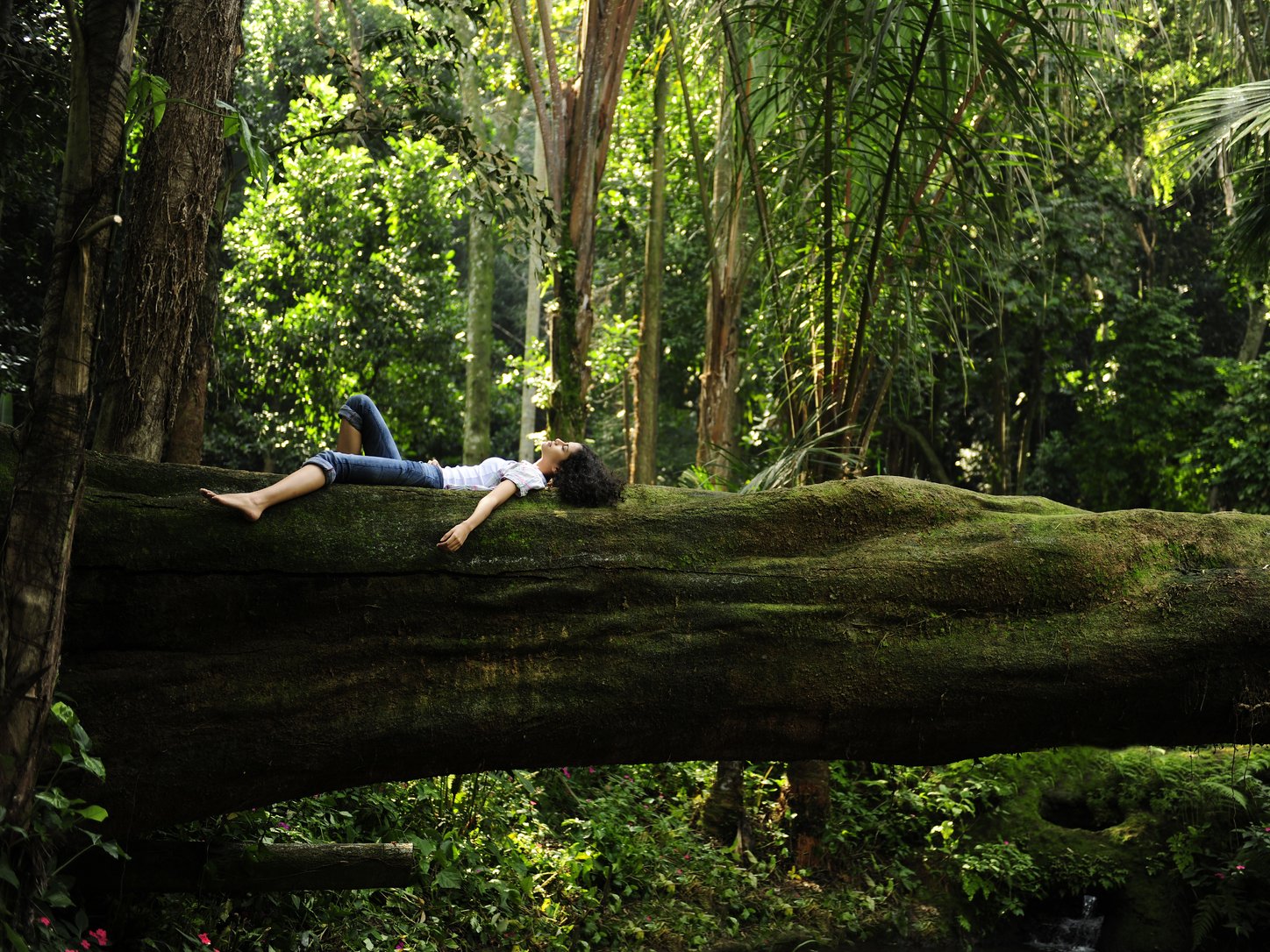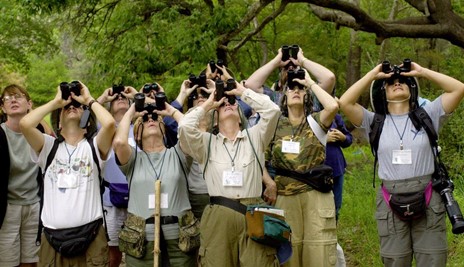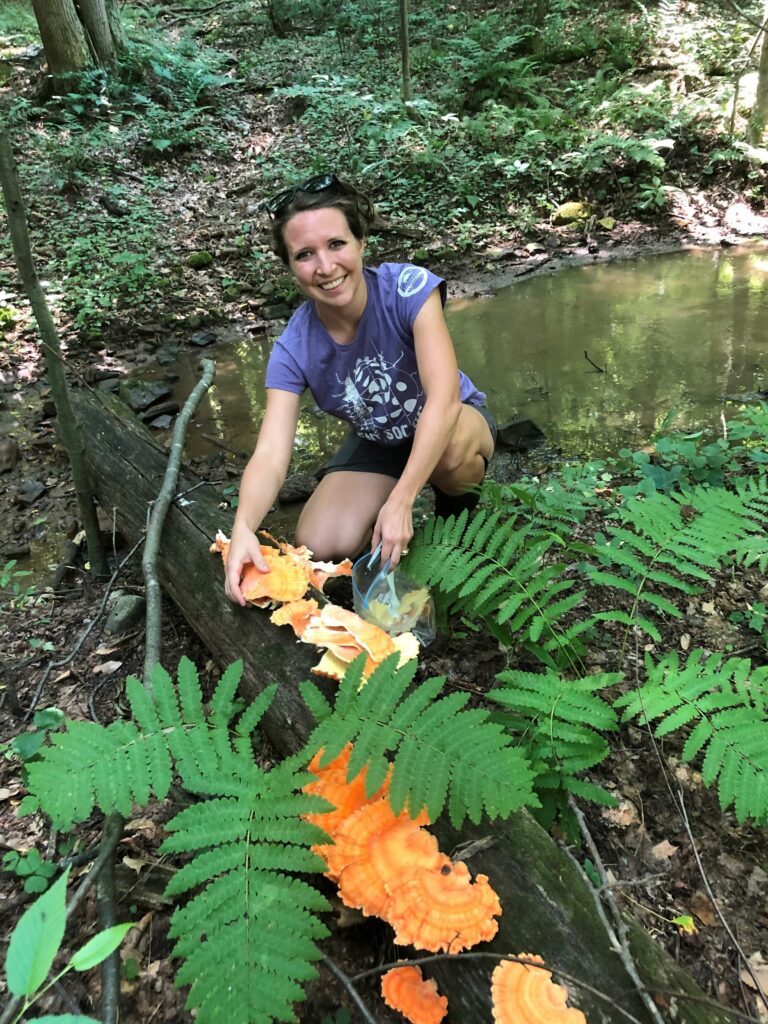Many of us remember our mothers saying “You kids, go outside and play!” Some kids were happy to play outside, and others not. Many lines of argument suggest that people are programmed to enjoy nature through interacting with species, habitats, and natural processes. Popularized by the great biologist Edward O. Wilson in his 1984 book “Biophilia,” the general proposal is that natural selection has shaped us to seek such interactions, including enjoying house pets, or visits to the zoo, or backpacking or canoeing in remote and undisturbed locations. About the same time as Wilson promoted this view, Japanese popular culture developed the concept of shinrin-yoku (“forest bathing”) which holds that sitting quietly and breathing forest air has restorative properties both psychologically and physiologically. Shinrin-yoku addresses a recognized pattern where people who live in urban areas generally have poorer mental health, higher risk of psychiatric disorders, and assess their own well-being as lower than do people in more natural areas. Of course, people differ greatly in how much they enjoy nature. People who enjoy nature look for chances to do so, and people who are surrounded by nature may grow to value that experience. Is any of this genetic?

People often feel a spiritual connection to natural places beyond their beauty alone.
A recent large and carefully designed scientific study now answers the question of how much of our enjoyment of nature may relate to our genes. By focusing on the variation between people and knowing how genetically similar they are, we can estimate how much of the variation is due to genetics, called “heritability.” For example, variation in stature (height) in humans is about 70% heritable, meaning that about 70% of the variation in our stature can be explained by variation in our genes and the remainder may be attributable to environmental effects (diet, exercise, etc.) Using a classic comparison of identical twins versus fraternal twins, researchers compared 2,306 pairs of twins in the United Kingdom regarding how much they say they enjoy nature and nature experiences, frequency of visits to public nature spaces, and frequency of visits to home gardens. Based on the assumption that identical twins share 100% of their genes, whereas fraternal twins share 50%, researchers were able to partition variation in people’s behavior according to genetic factors, shared environmental factors, and unique environmental influences.

The results were that the genetics accounts for 46% of the variation in appreciation of nature, 48% of variation in frequency of visits to public nature spaces, 34% for frequency of visits to gardens, and 38% for duration of garden visits. While this study demonstrates that environmental effects explain variation more than genetics, a heritability about half as strong as we see for stature is surprisingly high considering how subjective we would expect enjoyment of nature to be.

Knowing that some people are innately more inclined to enjoy nature allows us to return to the earlier question of whether experiences in nature are good for people’s health. The study of twins concludes that some people may be genetically more responsive to the potential benefits of nature regarding mental well-being. So, if you find that shinrin-yoku works for you, tell your brothers and sisters!
Find the original paper in PLOS (Public Library of Science):
https://journals.plos.org/plosbiology/article?id=10.1371/journal.pbio.3001500

